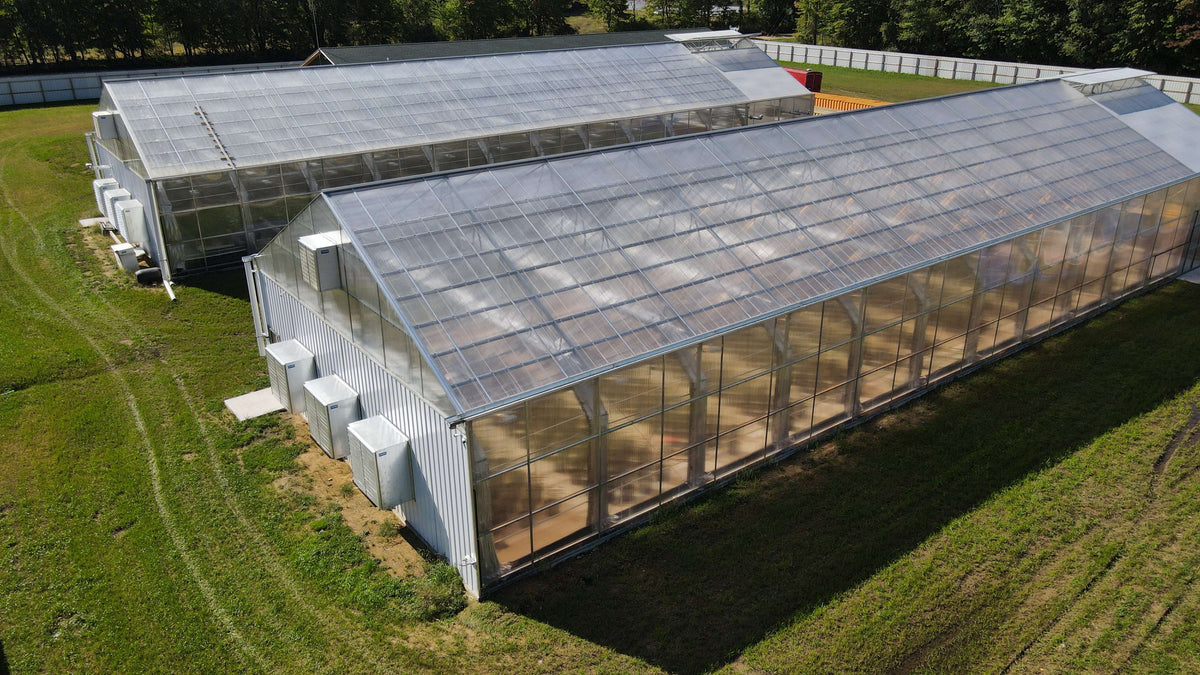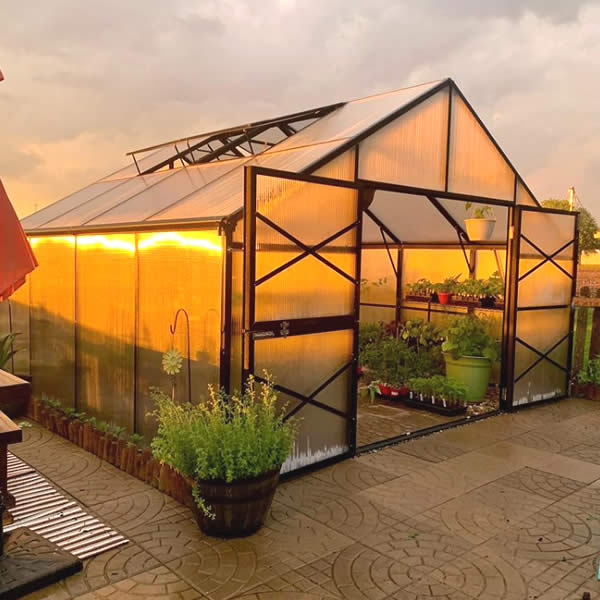Customized to Excellence: Monarch Custom Greenhouse Utah Workmanship
Wiki Article
The Future of Greenhouses: Developments in Lasting Farming
Are you curious regarding the future of greenhouses and just how they are changing lasting farming? Look no further! In this post, we will certainly check out the amazing technologies that are leading the way for a greener and much more efficient farming market. From advanced environment control systems to upright farming methods, water-efficient watering methods, renewable resource combination, and clever information analytics, these innovations are changing the means we grow our food. Prepare to discover the future of lasting agriculture in greenhouses!Advanced Climate Control Solution
To accomplish ideal growing conditions, you can depend on the advancements in greenhouses with advanced environment control systems. These systems have reinvented the method we cultivate crops, giving a regulated setting that is helpful to plant growth. With these innovative systems, you can now adjust temperature level, moisture, light degrees, and even CO2 focus to produce the ideal conditions for your plants to thrive.Among the essential functions of these advanced environment control systems is their capacity to control temperature. By utilizing sensors and automated controls, the greenhouse can adjust the temperature based on the specific requirements of the plants. This guarantees that they are never subjected to severe warmth or chilly, which can be damaging to their development.
Humidity control is an additional crucial aspect of these systems. By keeping the ideal humidity levels, you can avoid issues such as mold and mildew, mildew, and disease from affecting your plants. These systems can likewise regulate the quantity of light that reaches the plants, making certain that they get the optimum amount for photosynthesis.
Additionally, advanced climate control systems can also adjust carbon dioxide focus. By enhancing the levels of CO2 in the greenhouse, you can improve plant growth and performance. This is especially beneficial in locations with reduced natural carbon dioxide levels.
Upright Farming Methods
One crucial upright farming method is using piled growing systems. Stacked growing systems are typically made use of in urban locations where area is restricted.One preferred method is called upright hydroponics, where plants are expanded in nutrient-rich water without soil. This technique is very efficient as it minimizes water usage by approximately 90% contrasted to traditional farming approaches. Additionally, since the plants are expanded indoors, they are secured from bugs and conditions, reducing the demand for chemicals.
Another method is aeroponics, which includes suspending the plant origins in a haze or air environment. This approach permits ideal nutrient absorption and oxygenation, causing faster growth and greater returns. Aeroponics likewise makes use of less water than traditional farming and can be carried out in vertical systems, making it a prominent edger for lawn selection for vertical farming.
Water-efficient Watering Approaches
Maximizing water preservation is necessary when it pertains to carrying out water-efficient watering approaches in sustainable farming. With international water deficiency coming to be a pushing problem, it is vital to develop innovative methods that enhance water use in greenhouse procedures.One promising approach is drip watering, which delivers water directly to the plant roots, reducing waste great site and dissipation. By utilizing a network of tubes with tiny emitters, water is applied gradually and exactly, guaranteeing that plants get the necessary wetness without excess overflow.
One more effective method is the usage of soil wetness sensing units. These devices determine the moisture web content in the soil and give real-time data to farmers. By monitoring the dirt's wetness degrees, farmers can properly establish when and how much water to apply, avoiding over-irrigation.
In addition, the application of rain harvesting systems is obtaining popularity in greenhouse farming. Accumulating rain from rooftops and saving it in containers enables farmers to use this natural deposit for irrigation purposes, minimizing reliance on conventional water sources.
Lastly, the fostering of automated irrigation systems can substantially improve water efficiency. These systems use sensors to identify dirt dampness degrees and weather condition conditions, changing irrigation schedules appropriately. By optimizing water use based on actual plant needs, these systems can decrease water waste and advertise lasting farming practices.
Renewable Resource Assimilation
Eco-friendly energy integration in greenhouses provides several benefits, consisting of reduced running prices and reduced dependence on non-renewable power sources. The produced power can then be made use of to run different operations within the greenhouse, such as illumination, air flow, and heating systems. These wind turbines harness wind power and convert it into electrical energy, which can be used to supplement the power needs of the greenhouse.Smart Data Analytics and Automation
To enhance the efficiency of your greenhouse procedures and optimize resource application, think about implementing clever information analytics and automation. Smart information analytics entails gathering and evaluating information from different sensing units and gadgets within your greenhouse.
This can include automating the control of lighting, air flow, irrigation systems, and nutrient distribution. By automating these procedures, you can make sure that your plants obtain the appropriate conditions and nutrients at the best time, without the need for consistent manual treatment.
Moreover, clever information analytics and automation can interact synergistically. The information collected by sensing units can be used to notify automatic systems, allowing them to make real-time adjustments based upon the present problems. This combination of information analytics and automation can cause extra efficient and accurate resource allowance, inevitably causing greater yields and better plant top quality.
Final Thought
In final thought, the future of greenhouses in lasting agriculture looks appealing. With advanced climate control systems, upright farming strategies, water-efficient irrigation approaches, and renewable energy combination, greenhouses are coming to be much more effective and eco-friendly. Furthermore, using clever data analytics and automation better boosts efficiency and reduces waste. These technologies are leading the way for a more effective and lasting agricultural sector, guaranteeing a greener and much healthier future for all.
By enhancing water use based special info on actual plant requirements, these systems can reduce water waste and advertise lasting farming practices.

Report this wiki page